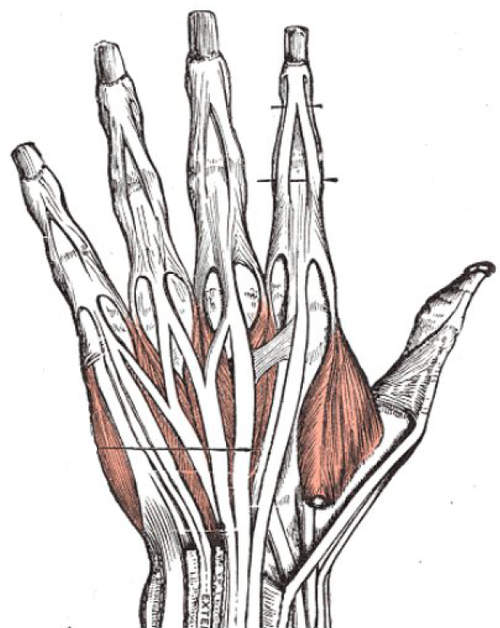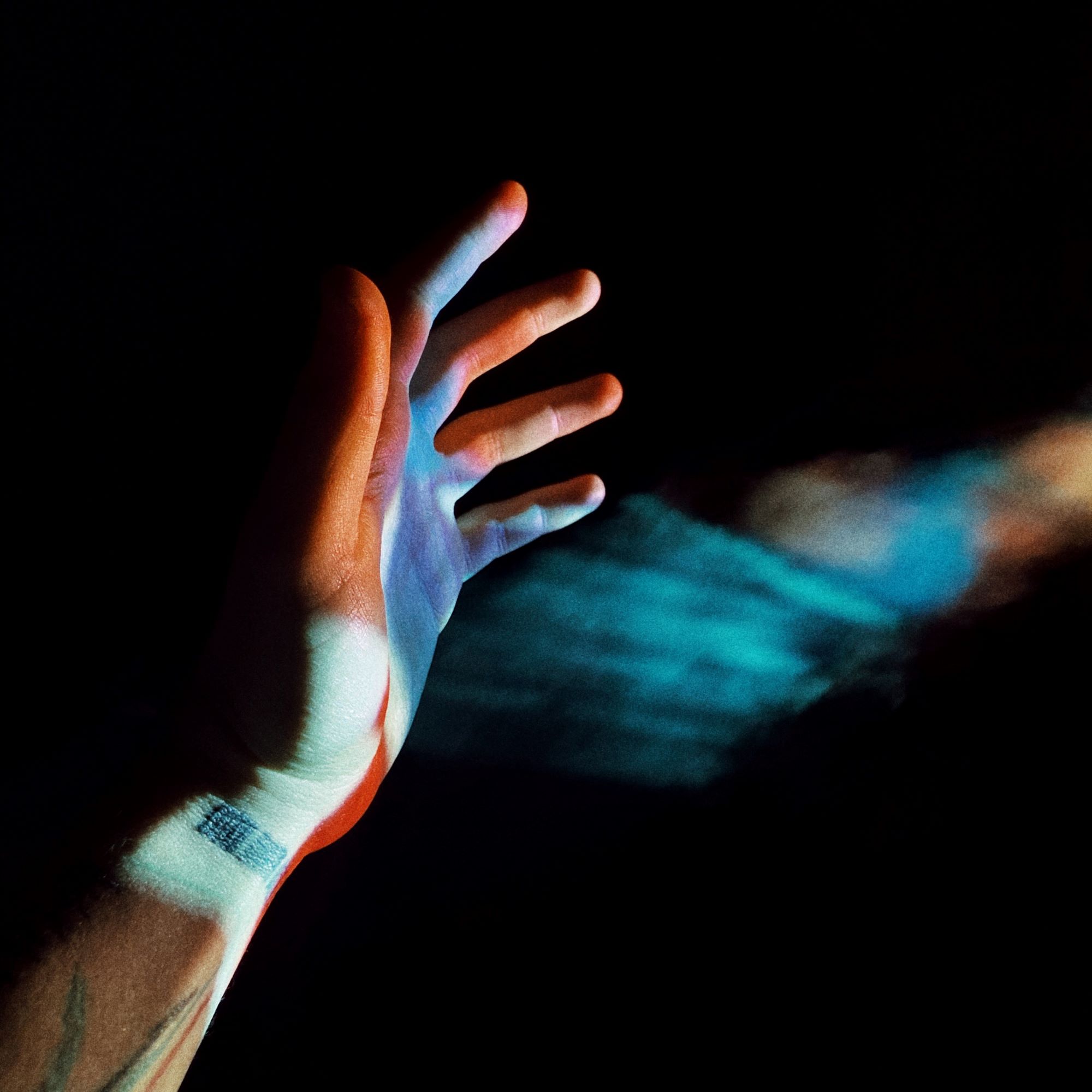
About the Author
Monica Chen is a native Taiwanese violinist and the first practitioner of dystonia in Asia. She has a DMA in violin performance and currently working as an assistant professor at Taipei National University of Arts. Monica studied with Dr. Farias, a leading specialist treating dystonia with movement therapy. She is also the Chinese translator of Dr. Farias‘ book, ‘Limitless’.
Continuing from the previous article “Tortured by a Pianist—Talking About the Independence of Fingers 1 “, this article will continue to discuss the muscular structure and innervation of the fingers.
Finger independence is no stranger to me who has been learning music since childhood. I have always thought that finger independence allows my hands to move dexterously on the instrument; however, I really experienced the limitations of finger independence after I realized dystonia.
The most common symptom of hand dystonia is inward involuntary curling of fingers. If such a symptom occurs in a musician, even if only one finger is affected, it will affect the operation of the other fingers comprehensively. For example, if a violinist presses the string with the ring finger of his left hand curled inward, it will be difficult for him to properly place the little finger on the string while playing since the contraction of the ring finger will pull the little finger away from the original track; or if a guitarist’s pinkie of his right hand curls inward while plucking, even if the guitarist hardly uses the pinkie to play, the ring finger cannot pluck normally due to the continuous contraction of the pinkie. I have seen that a player born with only four fingers can still play the instrument dexterously, but why would a musician with dystonia be unable to play at all because of excessive contraction of one finger?
In fact, what dystonia affects is not a single finger, but the grasping function of the hand. Babies already have the ability to grasp as soon as they’re born. This grasp reflex of the hand is innate and thus no need to be learned at all. It will gradually recede as the cerebral cortex develops, and when the cerebral cortex develops more mature, it can “inhibit” the inherent primitive reflex, and then develop more refined hand functions. In other words, the development of human hand function is to first obtain the balance between all fingers and the palm, and then develop the fine movements of individual fingers.
The grasping function of the hand can be said to be necessary for survival. Without the grasping function, a strong fist cannot be formed, nor filled with water to drink. The grasping function involves not only the fingers, but also the palm, which means that the fingers and the palm will be combined in a certain posture. For example, the grip of taking a thin piece of paper and holding the mouse are completely different. The palm of the former must be retracted and the fingers stretched out, while the palm of the latter is more open and the fingers are slightly curved. The grasping function is particularly important in a musical instrument performance. Although each instrument has a different holding method or hand shape, it still needs to be based on the grasping function. Since only the least strength is used to hold the instrument or maintain the hand shape allows the fingers to move flexibly.
When it comes to grasping function, we must first mention two key roles: thumb and pinkie. The thumb is undoubtedly the soul of the hand. Because its muscular structure is different from other fingers, and the control system is also more independent, so it can perform: flexion, extension, abduction, adduction and opposition (the thumb touches the other four fingers). Such complex muscular structures have become the cornerstone of humans’ flexible grip and fine movements. The pinkie is often mistaken for the weakest finger (because the muscle is relatively small); however, in fact it is very important. Due to the movement of the pinkie at the metacarpophalangeal joint (the joint closest to the palm) which has more range of motion than both the middle finger and index finger, and with the inwardly concave structure of the palm, therefore the shape of the hand can be changed easily and freely switched between fists and different types of grips.
The thumb and the pinkie are like the two feet of a compass. They outline a range together so that the other fingers can freely change various postures within this range. Besides, they are important keys of maintaining hand balance. For example, when a string player is pressing the string or a wind player is pressing the key, if you do not use your thumb at all, the other fingers will be weaker. In other words, the thumb invisibly provides a counter pressure to make the other fingers more powerful and flexible; however, if the index finger and the thumb pinch the instrument very hard, the pinkie has to increase its strength to maintain the balance of the entire hand, otherwise the entire hand is easily brought to the position where the arm is turned. Therefore, proper grasping function needs to rely on the proper balance between the thumb and the pinkie, so that the hand can be allowed to perform various types of fine movements.
After the balance is achieved, the independence of individual fingers will then be discussed. As mentioned earlier, the thumb is the most independent of all fingers. In addition to the thumb, the independence of the other four fingers is different. Since the fingers do not have muscles, the operation of the action requires the muscles of the forearm and hand to pull the tendons of the fingers to move. Let’s first observe the extensor tendons of the fingers. From the figure on the right, we can see that the extensor tendons of the four fingers are actually connected, but the index finger and the little finger each have relatively independent tendons, while the extensor tendons of the ring finger and the middle finger are restraining each other, which is the main reason for the poor independence of the ring finger and the middle finger. The flexion of the fingers mainly depends on the flexor digitorum profundus and the flexor digitorum superficialis.

The main function of the flexor digitorum profundus is to flex the distal interphalangeal joint (DIP), and the superficial flexor digitorum is to flex the proximal interphalangeal joints (PIP) and metacarpophalangeal joints (MCP). Since some parts of the flexor tendons are also connected, the deep flexor muscles are more connected, while the superficial flexor muscles are relatively independent. Therefore, when one of the muscles contracts, it will cause passive movements of the other muscles.
Since the tendons of the ring finger and the middle finger are both restraining each other, why is the independence of the ring finger much lower than that of the middle finger? The answer lies not in the muscular structure of fingers, but in the innervation. The nerves in the hand are mainly innervated by the median nerve and the ulnar nerve. The radial nerve is only responsible for innervating part of the back of the hand. We can observe from the figure below that the ring finger is not innervated by a single nerve on the palm or dorsal side. The palm side is innervated by the ulnar nerve and median nerve, while the dorsal side is innervated by three nerves. Such complex innervation and the mutual restraint between muscular structures make the ring finger the least independent finger. Without the help of the middle finger or the little finger, it will be difficult to lift the ring finger higher. On the other hand, the muscle of pinkie is the smallest of all fingers, but because its innervation is solely innervated by the ulnar nerve, and the muscular structure is relatively independent, so that its independence is rather high.
From the grasping function, hand balance, all the way to the independence of the fingers, let us return to the initial question: why would a musician with dystonia be unable to play at all because of excessive contraction of one finger? I think that is because under the interactive influence of various factors such as nerve innervation and muscular structure, it is impossible for the fingers to achieve true independence. Whether it is from the perspective of skeletal muscle structure or biomechanics, the hand can be said to be the most complex and delicate part of the human body. The parameter that affects the independence of the fingers is not only the size of the muscle, but the physiological muscle structure, and our brain. Without the appropriate instructions from the brain, the action cannot be completed accurately, and this is where the lesion of dystonia lies.


